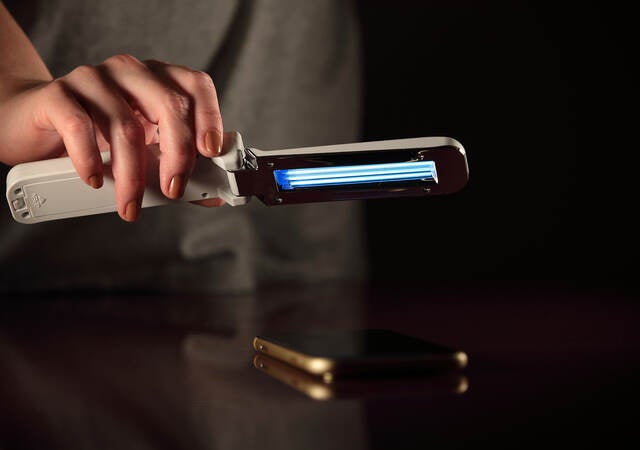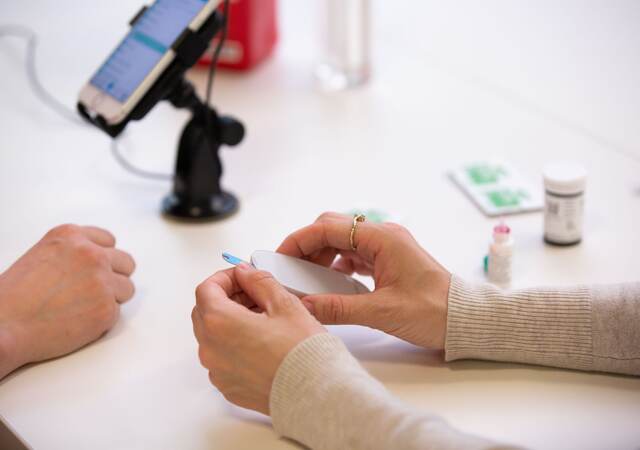February 16, 2021
The European Commission has laid out additional processes for registration of legacy medical devices and IVDs in the Eudamed database, including Unique Device Identification (UDI)-related requirements and considerations for these products.
New information published by the Commission expands upon guidance issued in April 2019 regarding Eudamed registration for legacy devices; the term “legacy device” pertains to any medical device or IVD with valid CE Mark certification under existing European Medical Device Directives, and that may remain on the European Union market after the dates of application of the upcoming Medical Devices Regulation (MDR) in May 2021 and In-vitro Diagnostic Medical Devices Regulation (IVDR) in May 2022 for as long as their existing CE Marking remains valid.
Manufacturers of legacy devices will nonetheless be required to register their products in Eudamed in order to facilitate post-market surveillance, manage adverse events or conduct field safety corrective actions in Europe.
Eudamed identification requirements for legacy devices
While legacy devices will ultimately fall under MDR and IVDR registration requirements, they may not necessarily have to comply with the Regulations’ identification requirements to be assigned Basic UDI-DI and UDI-DI codes.
Under the MDR, the Basic UDI-DI is defined as the primary identifier of a device model, and the main identifier for records in Eudamed; the UDI-DI code is specific to a model of device, and used as an access key to data stored in Eudamed. In some instances, legacy devices have already been assigned UD-DI codes, which may be used for Eudamed registration and identification purposes.
However, some legacy devices will need identification elements known as Eudamed DI codes, which will function as equivalents to Basic UDI-DI codes for purposes of maintaining identification elements across all devices (legacy or otherwise) registered in the Eudamed database. In cases where a legacy device has had no UDI-DI assigned to it, a Eudamed ID will be generated and assigned for that device based on its Eudamed DI.
(Annex 1 of the new European Commission document provides in-depth format requirements for Eudamed DI codes.)
European Commissioners are conducting a phased implementation of the Eudamed database, with a target final date of application set for May 2022. Eudamed’s UDI and device registration module is anticipated to launch in May 2021.
Additional European MDR, IVDR and Eudamed compliance resources from Emergo by UL:
- European MDR preparation and compliance resource center
- European IVDR preparation and compliance resource center
Request more information from our specialist
Thanks for your interest in our products and services. Let's collect some information so we can connect you with the right person.







